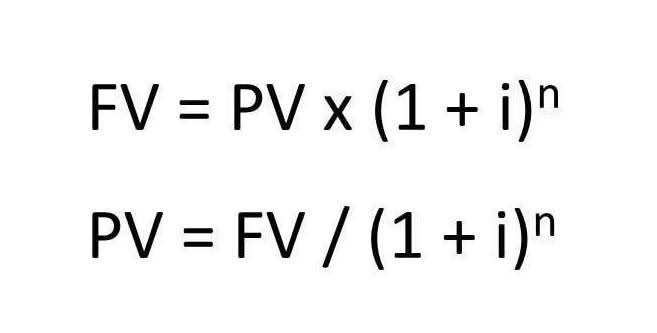
On the other hand, t the account must be credited o increase ABC’s Notes Payable account, since it is a liability account. A double entry system is considered complex and is employed by accountants or CPAs (Certified Public Accountants). The information they enter needs to be recorded in an easy to understand way. This is why a T account structure is used, to clearly mark the separation between “debits” and “credits”.
- Another way to visualize business transactions is to write a general journal entry.
- 11 Financial is a registered investment adviser located in Lufkin, Texas.
- Shaun Conrad is a Certified Public Accountant and CPA exam expert with a passion for teaching.
- One of the best accounting software for small businesses today is Deskera.
- By keeping track of debits and credits, it becomes easier to monitor the flow of money going in and out of a particular account.
- A T Account is the visual structure used in double entry bookkeeping to keep debits and credits separated.
Create a Free Account and Ask Any Financial Question
Now that we established a T account is a visual representation of an account, most people wonder if they can do this for any account. A financial professional will offer guidance based on the information provided Bookstime and offer a no-obligation call to better understand your situation. Ask a question about your financial situation providing as much detail as possible. Your information is kept secure and not shared unless you specify.
- For the revenue accounts, debit entries decrease the account, while a credit record increases the account.
- Since management uses these ledger accounts, journal entries are posted to the ledger accounts regularly.
- The liability Accounts Payable also increases by $2,500 and gets credited for the amount, since increases in liability result in a credit entry.
- A double entry system is time-consuming for a company to implement and maintain, and may require additional manpower for data entry (meaning, more money spent on staff).
- Let’s say you want to account for the activities of Busy Bee Bakery and for the example’s sake, they have $500 in their cash account.
- The following T-account examples provide an outline of the most common T-accounts.
#1. Are T Accounts Supposed to Balance?
![]()
To be effective, one must know the concepts behind and how to use debits and credits. Here is an retained earnings example of two T-accounts posting the purchase of a car. As you can see, the cash account is credited for the purchase of the car and the vehicles account is debited.

How confident are you in your long term financial plan?
For instance, a company hires some extra temporary labor for a busy period in their factory. The accounting department later catalogs those labor payments under “operating expenses” instead of under “inventory costs” (which is where factory labor costs should go). If the labor costs are still debited and credited fully, then this type of mistake can also be difficult to catch.

The entries in the journal are simply transferred to the ledger. A T Account is the visual structure used in double entry bookkeeping to keep debits and credits separated. For example, on a T-chart, debits are listed to the left of the vertical line while credits are listed t accounts on the right side of the vertical line making the company’s general ledger easier to read. As a refresher of the accounting equation, all asset accounts have debit balances and liability and equity accounts have credit balances. Here’s an example of how each T-account is structured in the accounting equation.
Notice that these are account balances—not column balances. The total difference between the debit and credit columns will be displayed on the bottom of the corresponding side. In other words, an account with a credit balance will have a total on the bottom of the right side of the account. Another way to visualize business transactions is to write a general journal entry. Each general journal entry lists the date, the account title(s) to be debited and the corresponding amount(s) followed by the account title(s) to be credited and the corresponding amount(s).








